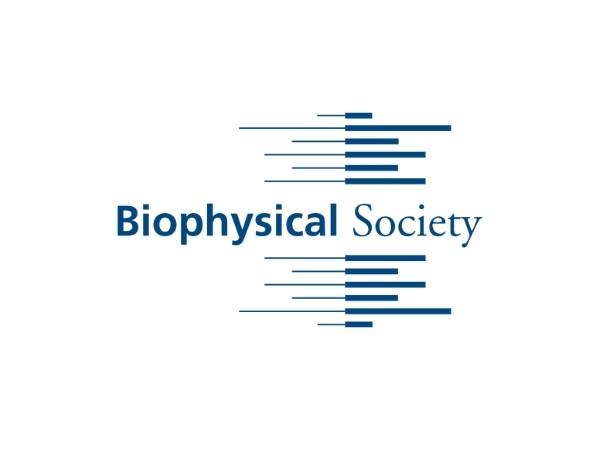Trusted instruments for... Muscle Physiology Olfaction & PainMaterials Science
Trusted solutions for muscle, neuroscience, and materials science research
Aurora Scientific is committed to creating products that answer questions and solve problems.
We value excellence, innovation, responsiveness and the satisfaction of a job well done. And we share the researcher’s desire to broaden the boundaries of knowledge and understanding.
Muscle Physiology
Aurora Scientific’s muscle physiology products are designed to test the force-length-velocity characteristics of all types of muscle ranging from myocytes to dog hind limb muscle. Our muscle physiology instruments include Dual-Mode levers, length controllers, force transducers, stimulators, experimental apparatus and data acquisition hardware and software. With our complete systems, physiologists can precisely measure force, length, sarcomere length and ratiometric calcium and execute various muscle physiology protocols such as twitch, tetanus, fatigue, force-frequency, force-velocity, stiffness and work loops.
Neuroscience
Aurora Scientific has developed innovative test systems for olfactory research to validate odors and to track pheromone and plume dispersion. In addition, our celebrated Dual-Mode muscle levers are used as mechanical stimulators to provide precise and controlled force output for researchers measuring neuronal response to touch, pain and stretch. Furthermore, many neurophysiologists study an interdisciplinary field of neuroscience and muscle physiology, looking at neural activation and sensory feedback of muscle tissue. Aurora Scientific’s Dual-Mode levers aid in characterizing muscle mechanics in models of neural regeneration and disease.
Materials Science
Aurora Scientific’s unique Dual-Mode muscle lever aids a variety of researchers looking at materials such as MEMS, hydrogels, artificial muscle, nanowires and carbon fibers. Easily and accurately measure tensile strength, elasticity, detaching force, shear fracture and deformation of most materials with the control and measurement of both force and length. Other Aurora Scientific products useful in materials research include our line of high-speed length controllers and our ultra-low compliance, high-sensitivity force transducers.
Featured Content
On-Demand WEBINAR: Redox Regulation of Skeletal Muscle: A Journey from Liverpool to the International Space Station
ORIGINAL AIR DATE: September 9, 2025 Join Dr. Anne McArdle and Dr. Malcolm Jackson as they explore groundbreaking research from the Muscle Laboratories at the University of Liverpool. They’ll ...
Best of 2025: Pushing Scientific Boundaries
Continuing our annual end-of-year tradition, this year’s final publication review spotlights the standout studies that captured the imagination of the field, pushing the boundaries of sensory ...
Advancing Sarcopenia Research: CUHK Lab Unveils Early NMJ Deficits in Aging with Aurora Scientific’s 1200A
Recent interview with Louis Cheung, PhD and Can Cui, PhD from the CUHK Department of Orthopaedics and Traumatology about Sarcopenia and NMJ Function in ...
Aurora Scientific Client Countries
Aurora Scientific has over thirty years of experience in manufacturing and servicing research instruments.
We stand behind all our products and strive for the highest level of customer service possible. And we are dedicated to providing you with products that allow you to meet your research goals. For this reason we offer a Performance Guarantee, free technical support and a new product warranty.

“I have enjoyed a long partnership with Aurora Scientific because of their willingness to collaborate on new projects and to see them through to completion. They listen to feedback and continually strive to improve their products. I appreciate this collaborative spirit, as it makes it easy and fun to bring my ideas to reality.”

“As a muscle physiologist interested in physical function and muscle contraction changes during aging, Aurora’s products are critical to the mission of my lab as we seek to quantify underlying mechanisms that contribute to muscle dysfunction. We use both isolated muscle ex vivo and intact mouse in vivo protocols. Having the ability to switch between the two motifs in our 1300a system, with a minimal amount of rearranging, is helpful when lab space is at a premium, and is cost efficient. Customizing our equipment purchase for our unique needs was easily accomplished with the support of Aurora
staff.”

“The equipment and customer support I have received from Aurora Scientific is amazing. Their engineers and software developers have spent countless hours tailoring protocols, software, and apparatuses to meet my needs. Their support and assistance have strengthened my research tremendously. I consider my relationship with Aurora Scientific to be a true partnership.”

“Measuring the active and passive force of our zebrafish larvae using the 1500A: Isolated Muscle System has added a deeper level of understanding of our zebrafish muscle mutants in the lab. It is an extremely valuable diagnostic tool and adds another edge to our research. The technical support from Aurora Scientific is outstanding. The team knows their systems literally inside-out and are always extremely responsive and helpful to solve any issue or question we have. It is a true pleasure to work with them!”
Aurora Scientific Tech-Blog
On-Demand WEBINAR: Redox Regulation of Skeletal Muscle: A Journey from Liverpool to the International Space Station
ORIGINAL AIR DATE: September 9, 2025 Join Dr. Anne McArdle and Dr. Malcolm Jackson as they explore groundbreaking research from the Muscle Laboratories at the University of Liverpool. They’ll ...
Best of 2025: Pushing Scientific Boundaries
Continuing our annual end-of-year tradition, this year’s final publication review spotlights the standout studies that captured the imagination of the field, pushing the boundaries of sensory ...
Advancing Sarcopenia Research: CUHK Lab Unveils Early NMJ Deficits in Aging with Aurora Scientific’s 1200A
Recent interview with Louis Cheung, PhD and Can Cui, PhD from the CUHK Department of Orthopaedics and Traumatology about Sarcopenia and NMJ Function in ...
Calling in Reinforcements: Tube Repair of an ASI 400 Series Force Transducer
A step-by-step tech cast on how to perform a tube repair for Aurora Scientific's 400 Series Force Transducers, Katherine will share tips, tricks and best practices for best ...
Aurora Scientific is a proud member and supporter of the following societies









